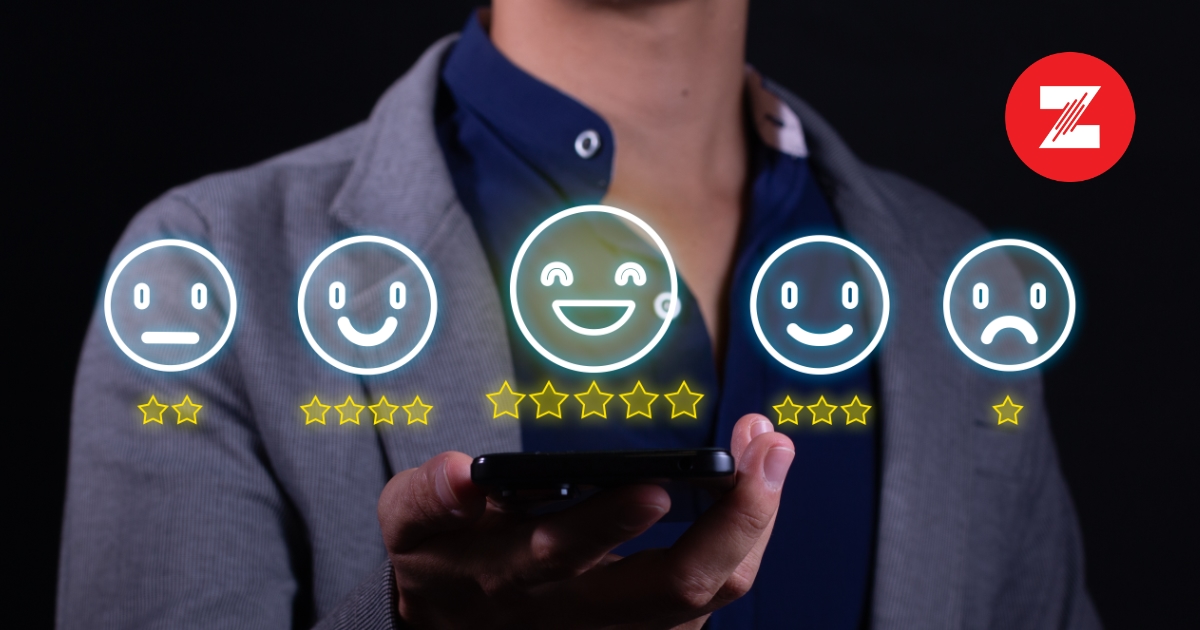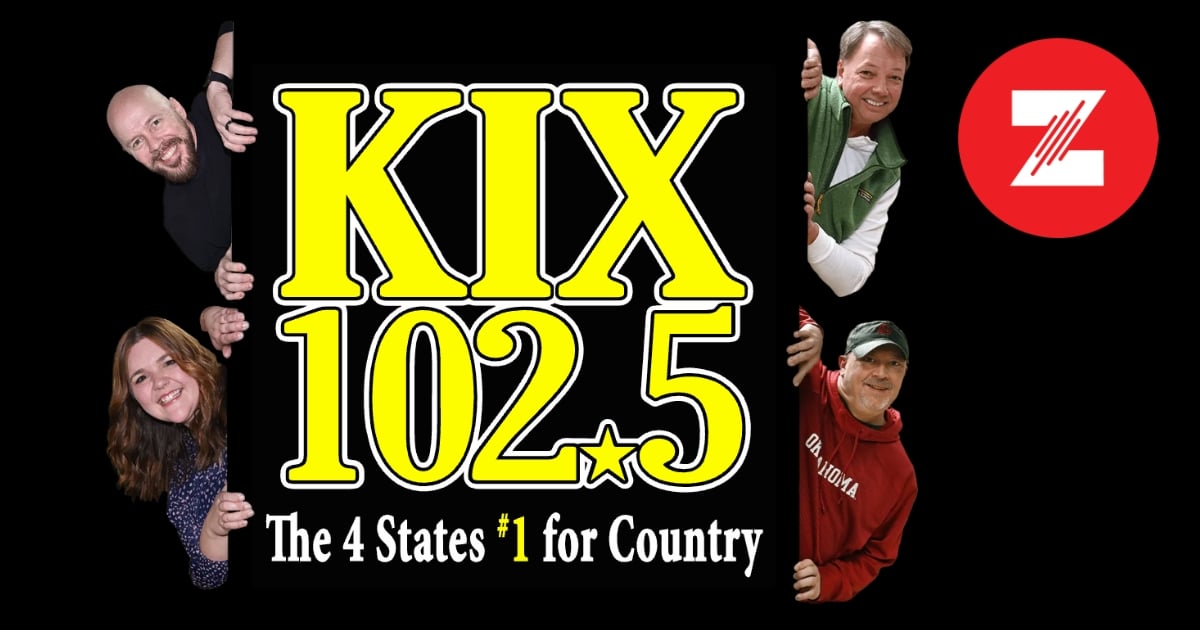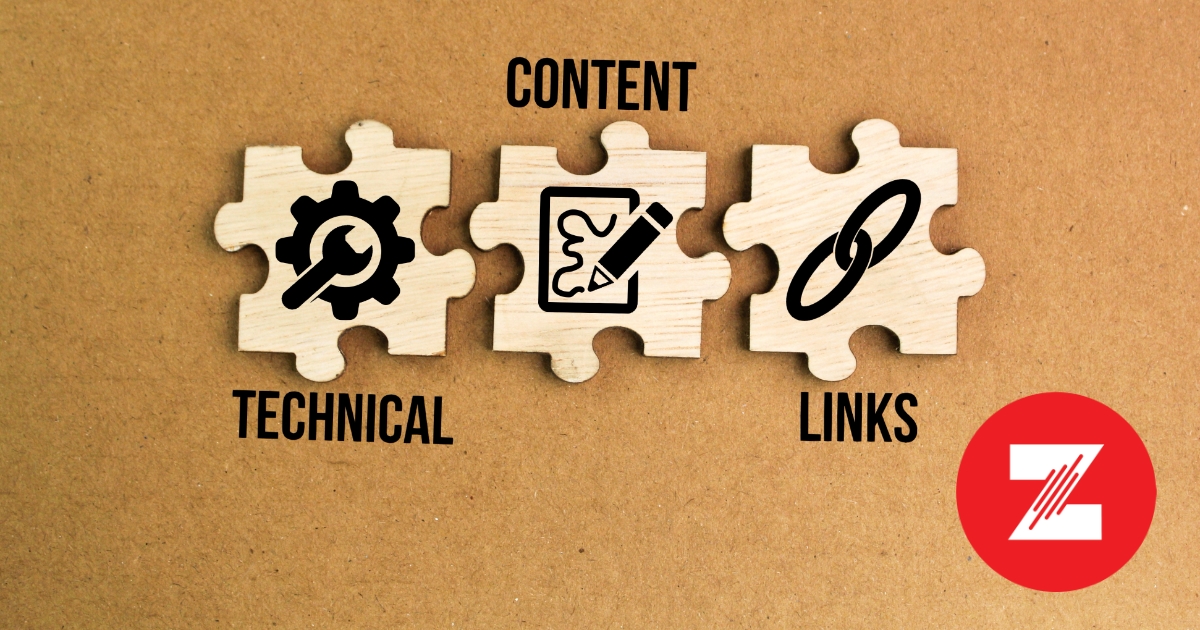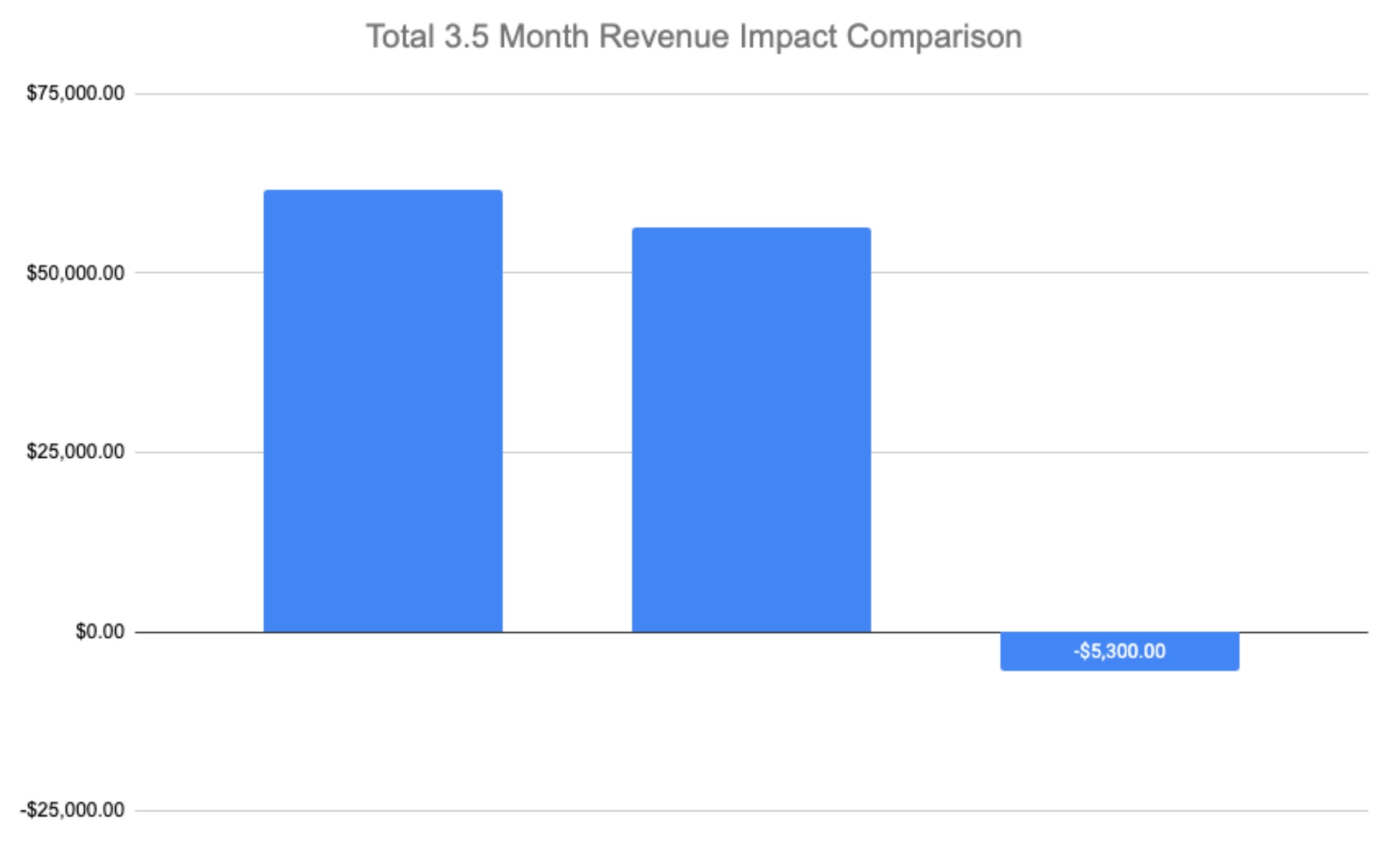In a fast-paced marketing landscape, local influencers—especially radio and video personalities—offer a powerful way to connect with your community and drive real results for your business. At Zimmer Marketing, our on-air and video talent from six radio stations in the Four States, including Joplin, MO, are uniquely positioned to help your brand shine. Here’s how you can maximize your partnership with local influencers and why our team is your best resource for authentic, high-impact campaigns.
Why Local Influencers Matter
Local influencers, such as radio hosts and video creators, have established deep trust and credibility with their audiences. Their recommendations feel like advice from a friend, making their endorsements far more effective than traditional ads. When you work with Zimmer Marketing’s talent, you’re tapping into a loyal listener and viewer base that spans the Four States region.
The Unique Power of On-Air and Video Talent
Our radio personalities are more than just voices; they’re community leaders, storytellers, and digital content creators. They engage audiences on-air, online, and through social media, offering a multi-channel approach that amplifies your message. Here’s what sets Zimmer Marketing’s team apart:
- Multi-Platform Reach: From live radio to digital video, social media, and event appearances, our influencers connect with audiences wherever they are.
- Local Expertise: As residents and active members of the Four States, our team understands what resonates with local listeners and viewers, making your campaign more relevant and effective.
Best Practices for Working with Local Influencers
To get the most out of your influencer partnership, follow these proven strategies:
1. Set Clear Objectives
Define your campaign goals upfront—whether it’s increasing foot traffic, boosting web visits, or driving social engagement. Share these objectives with your influencer so they can tailor their approach for maximum impact.
2. Provide Authentic Experiences
Invite influencers to experience your product or service firsthand. The more familiar they are with your business, the more authentic and compelling their endorsements will be. This could mean a behind-the-scenes tour, a product trial, or a special event.
3. Collaborate, Don’t Script
Offer talking points and brand guidelines, but let your influencer speak in their own voice. Authenticity is key—audiences can tell when a message is genuine versus scripted. Trust your influencer’s expertise in communicating with their audience.
4. Embrace Multi-Channel Storytelling
Leverage the full range of your influencer’s platforms. Combine on-air mentions with social media posts, short-form videos, and live event appearances to create a cohesive, omnichannel campaign.
5. Measure and Optimize
Track key performance indicators, including web traffic, social engagement, and in-store visits. Share results with your influencer partner and be open to making adjustments for even better outcomes in future campaigns.
Zimmer Marketing: Your Local Influencer Advantage
With decades of experience and a deep commitment to the Four States community, Zimmer Marketing’s on-air and video talent are ready to help your business grow. Our team’s ability to blend traditional radio with digital content ensures your message is heard, seen, and remembered. Ready to influence your audiences?
Get in Touch with a Marketing Consultant










